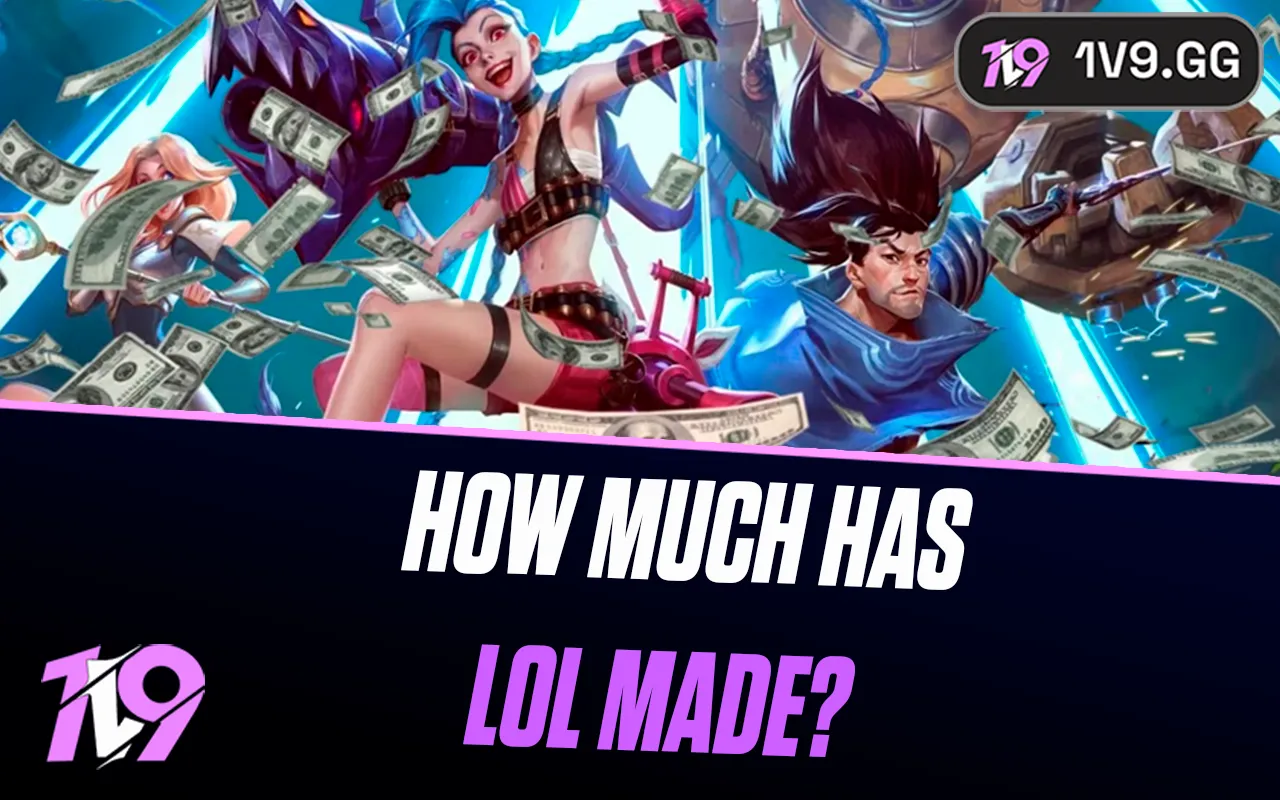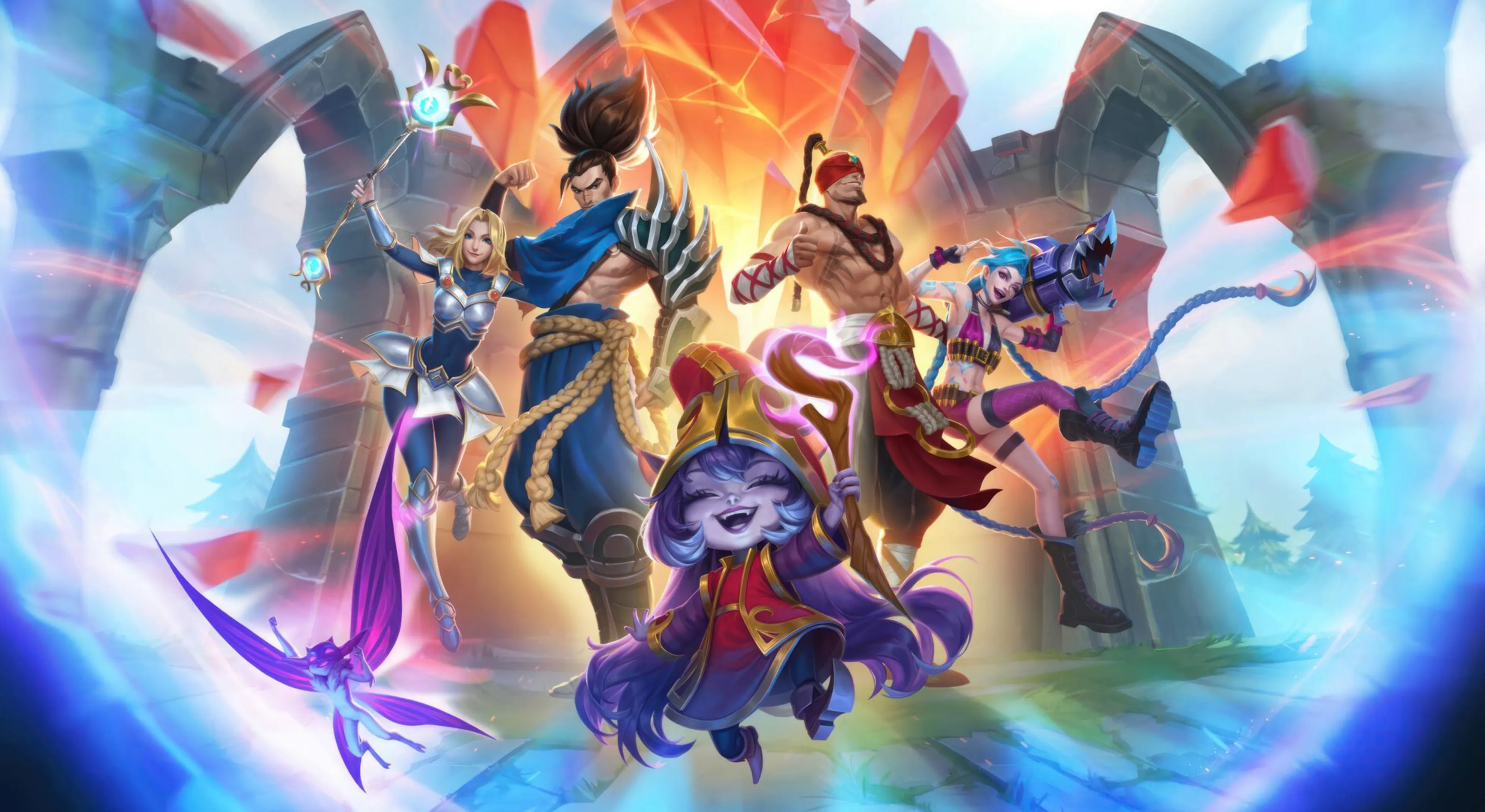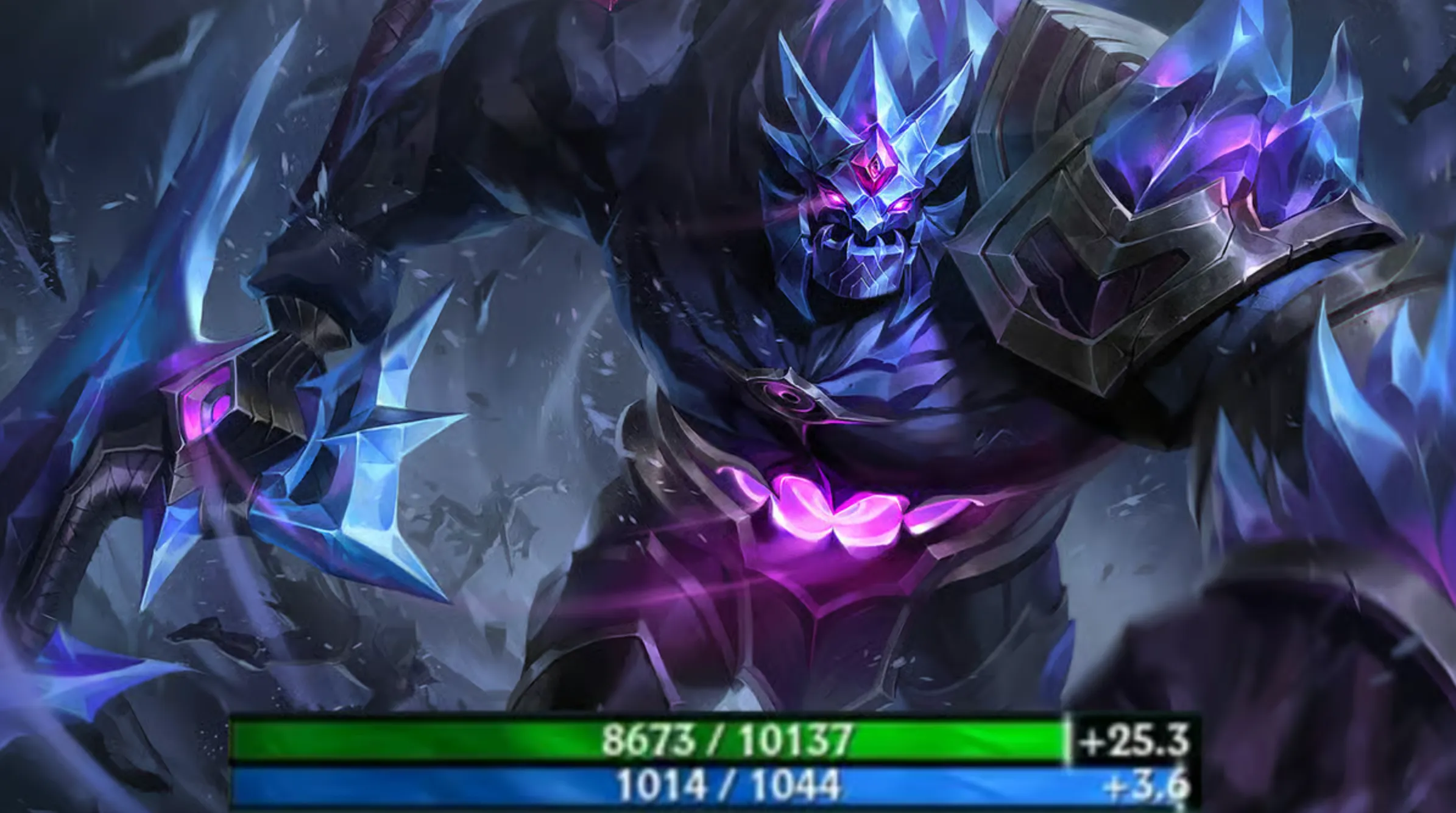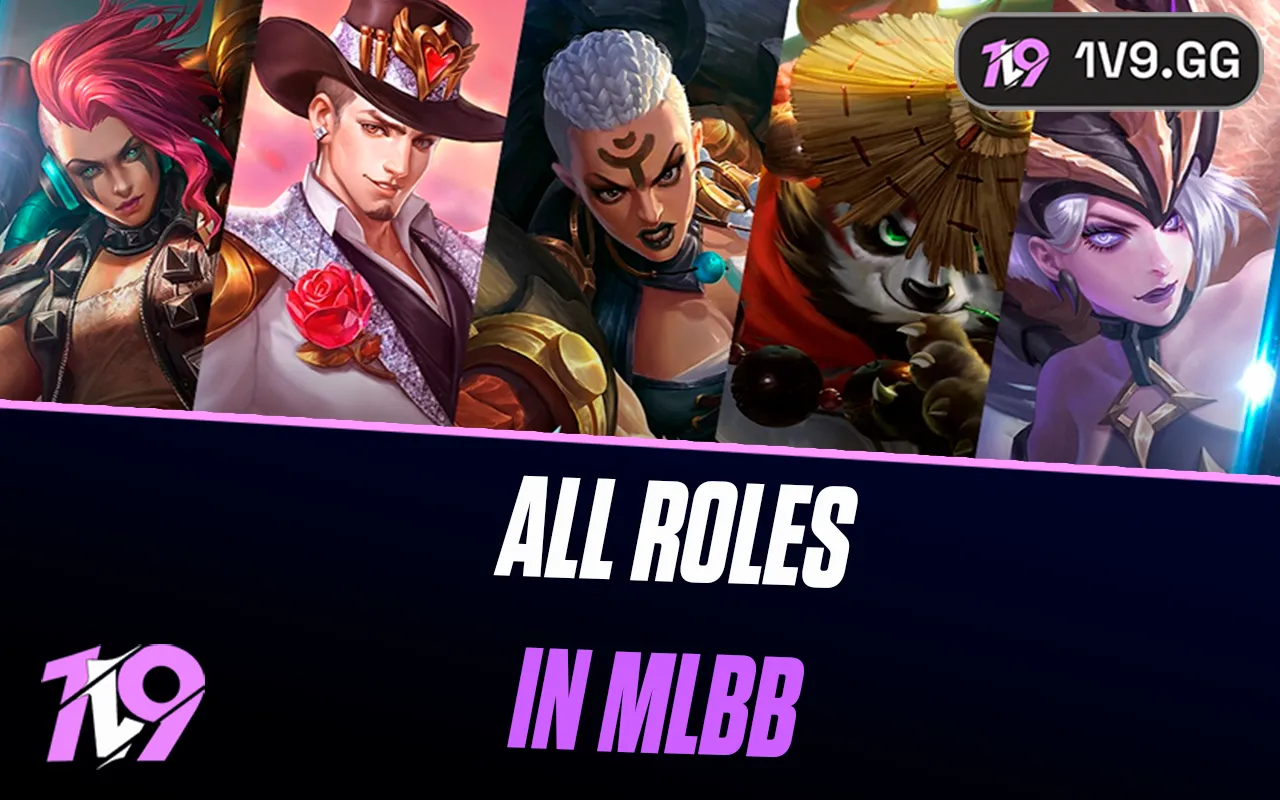
How Much Money Has League of Legends Made?
League of Legends has been one of the biggest names in gaming since its release in 2009, and part of that success comes from Riot’s clever monetization system. The game itself is completely free to play, with every champion being unlockable through gameplay using Blue Essence. However, the real money comes from cosmetics like skins, chromas, and other visual upgrades that players purchase with Riot Points (RP), a premium currency bought with real money. These items don’t affect gameplay balance but allow players to personalize their champions and stand out on the Rift. This approach has helped League stay fair for all players while also becoming one of the most profitable games of all time. Over the years, Riot’s free-to-play model has generated billions in revenue, keeping League of Legends at the top of global gaming charts. In this article, we’ll break down exactly how much money League has made throughout its history and why its revenue system continues to be so effective.
League of Legends Annual Revenue

League of Legends has been a financial powerhouse for Riot Games ever since its release in 2009. While the game is free-to-play, its revenue comes from in-game purchases such as skins, event passes, chromas, loot boxes, and battle passes, all of which require Riot Points (RP). These figures don’t include extra income from esports, sponsorships, merchandise, or licensing deals, meaning the core game alone has generated staggering profits.
In its launch year of 2009, League earned just $1.29 million as the player base was still growing. By 2010, that number had risen to $17.25 million, and in 2011, Tencent’s involvement and global expansion pushed revenue above $85 million. The following year saw League surpass $200 million, cementing its spot as one of the most popular online games. In 2013, earnings skyrocketed to $624 million, followed by $964 million in 2014 as skins and champion releases drove consistent spending.
2015 was a landmark year, with revenue surpassing $1.6 billion for the first time. Riot built on that success in 2016 with $1.7 billion, boosted by the introduction of Hextech crafting and loot boxes. The game reached its all-time peak in 2017, generating roughly $2.1 billion in a single year — the highest annual revenue in League’s history. However, the years that followed saw some decline, with revenue dipping to $1.4 billion in 2018 before stabilizing again with $1.5 billion in 2019.
The pandemic in 2020 gave the game another surge, with players stuck at home pushing revenue to $1.75 billion. While 2021 dropped slightly to $1.63 billion, 2022 saw another rebound to $1.8 billion, the highest total since its 2017 peak. 2023 stayed strong at an estimated $1.7–$1.8 billion, and 2024 projections put it at around $1.8 billion again, thanks to aggressive monetization such as premium-priced skins.
Overall, League of Legends has maintained its spot as one of the most profitable games ever created, with billions earned across its lifetime. From humble beginnings in 2009 to generating more than $2 billion in its peak year, Riot’s flagship title has proven the effectiveness of the free-to-play model when paired with strong cosmetic content and a loyal player base.
League of Legends Total Lifetime Revenue

League of Legends has pulled in an estimated $18.92 billion in revenue between its 2009 launch and the end of 2024, with projections pushing its lifetime earnings past $20 billion when factoring in ongoing sales. What makes this number impressive is that it reflects in-game purchases alone — cosmetics, event passes, skins, and similar content — without including outside revenue streams like esports deals, merchandise, or licensing.
This incredible figure places League among the most profitable games in history, standing shoulder to shoulder with industry giants like Dungeon Fighter Online at $22 billion, while trailing only inflation-adjusted classics such as Space Invaders at $30 billion. The difference is that Riot’s entire total comes from a single title rather than multiple sequels or platform iterations.
By relying purely on cosmetics and premium content rather than pay-to-win mechanics, Riot Games proved that free-to-play can drive long-term success. With over a decade of steady growth and billions earned, League of Legends has cemented itself as one of the most successful and influential free-to-play games ever made.
Conclusion
League of Legends has proven itself to be more than just a popular MOBA—it’s a financial juggernaut that has consistently dominated the gaming industry for over a decade. From its humble beginnings in 2009 to surpassing $20 billion in lifetime revenue, Riot’s free-to-play model built on cosmetics and events shows how powerful long-term engagement can be. Even with competition and changing gaming trends, League continues to pull in billions each year, securing its place as one of the most profitable and influential games ever created. Its success story is not just about numbers but about redefining how free-to-play games can thrive for years without losing their competitive edge.
Posted On: September 23rd, 2025
Recent Articles
💬 Need help?
Our 1v9 support team is available 24/7 to help you with any questions or issues you may have.
support@1v9.gg
Loading...
1v9.gg is not endorsed or affiliated by any game developers or publishers.
2025 1v9, All Rights Reserved, Created By NightDev







